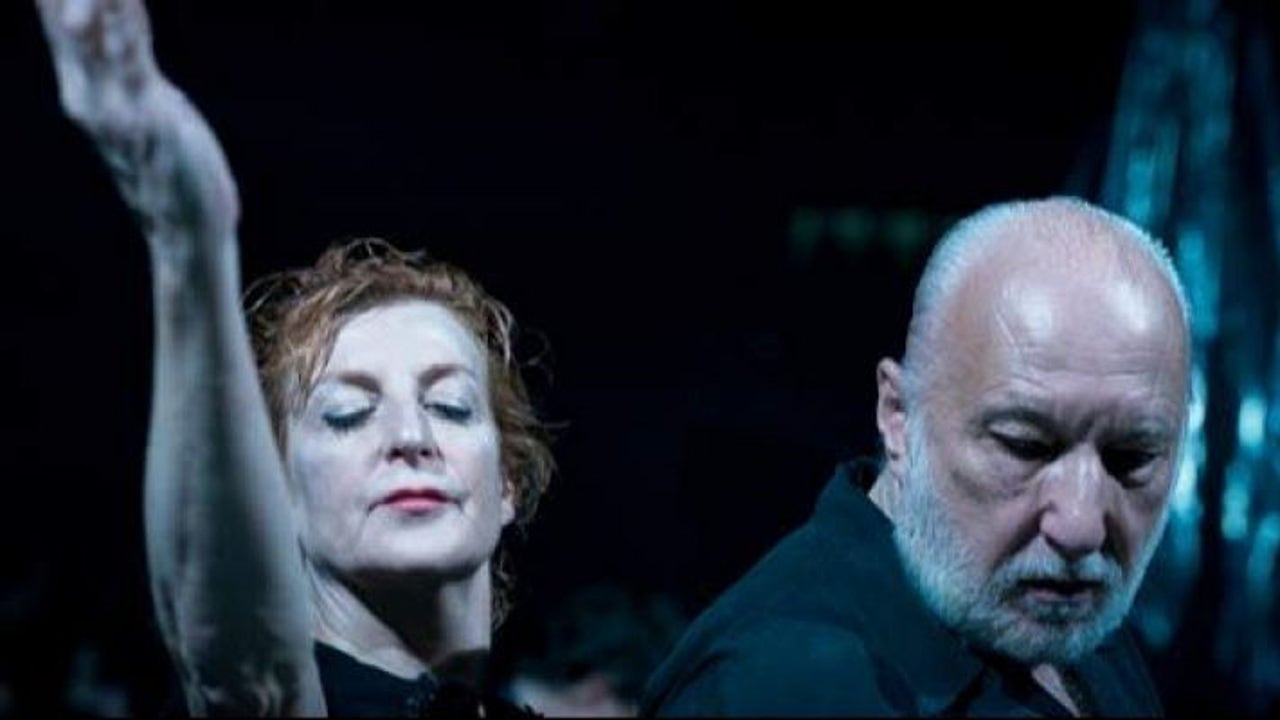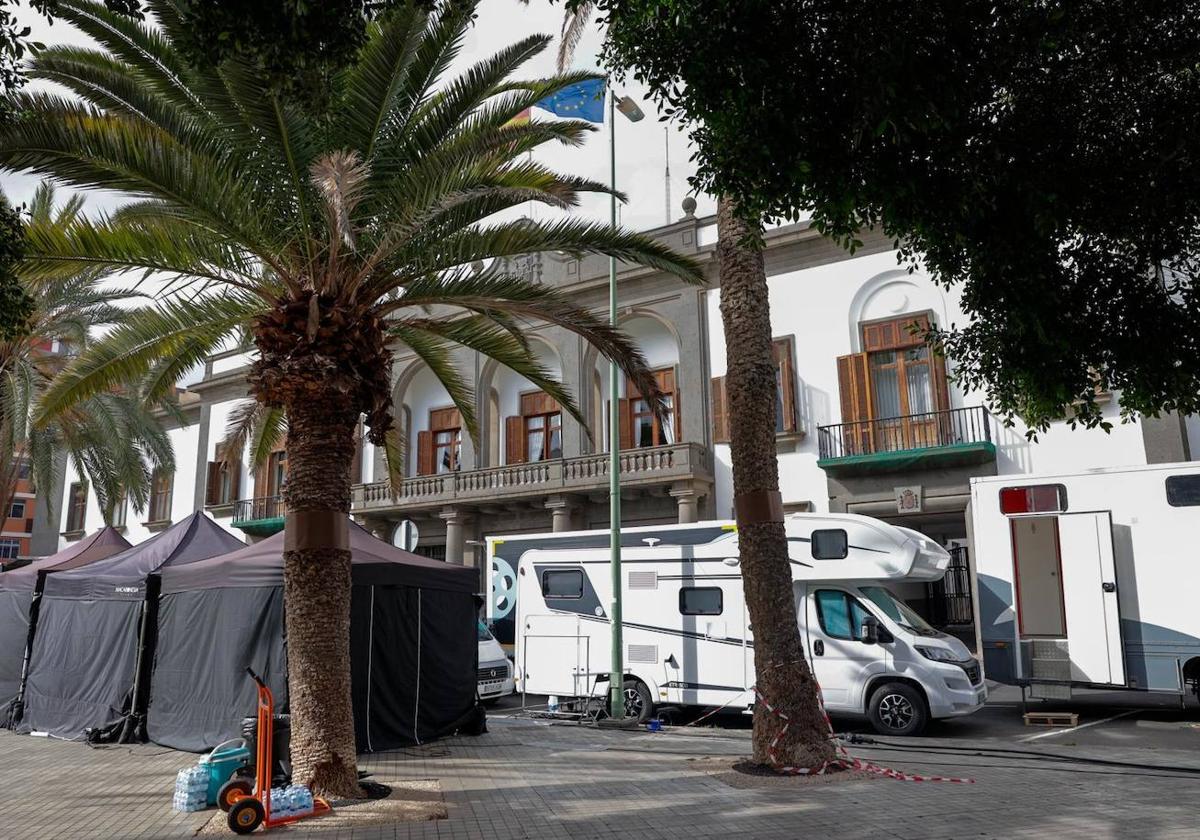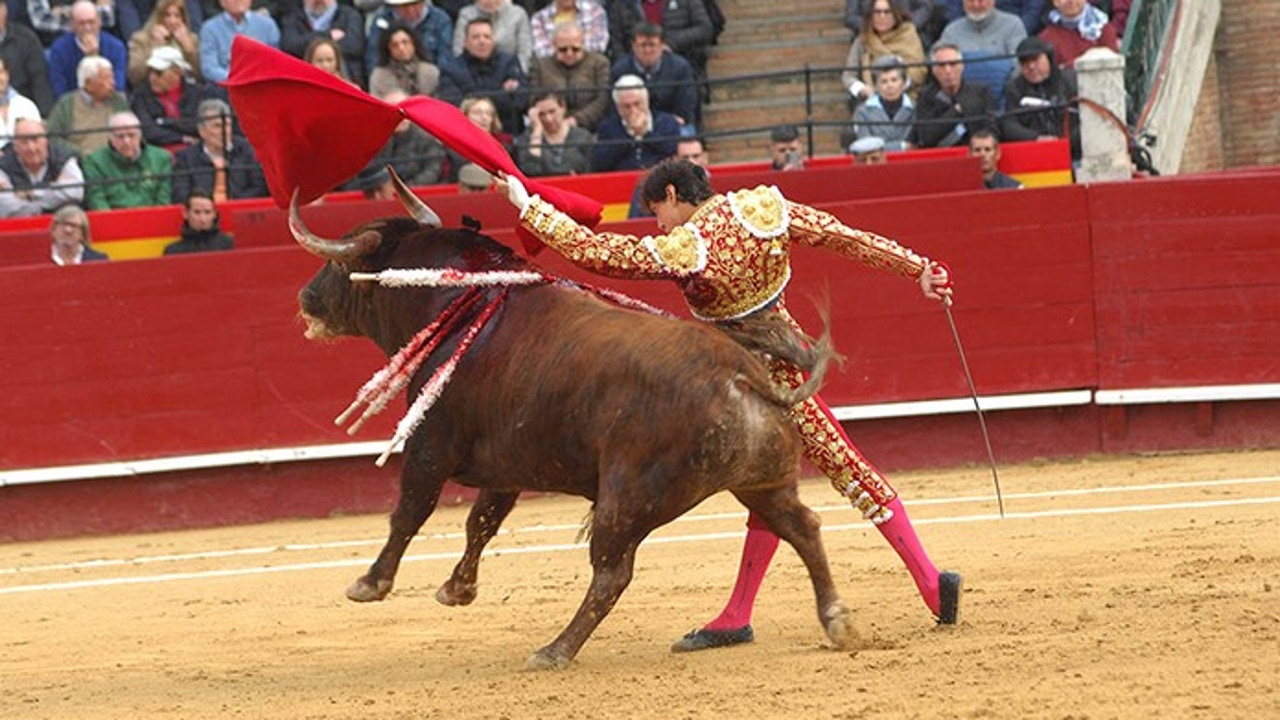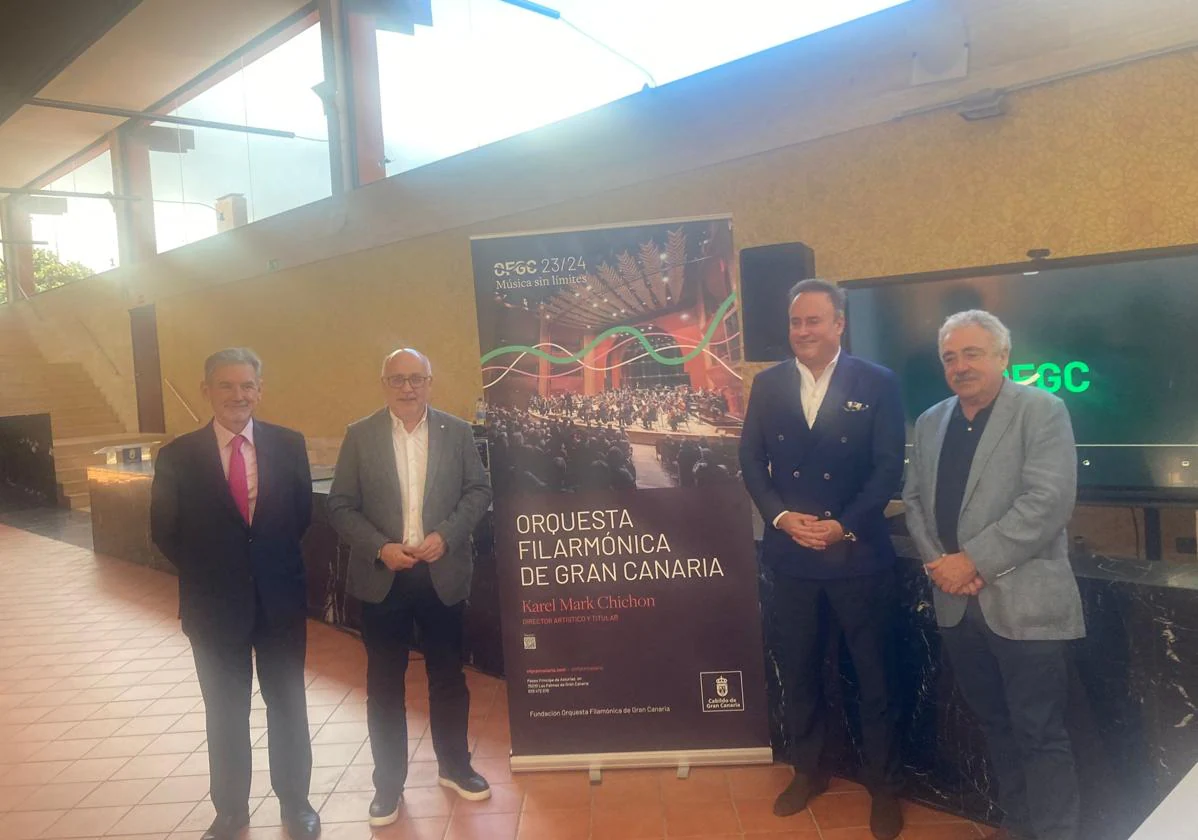Found in Chipiona a 1300 year old Visigothic underground church | Culture

The archaeologist Antonio Ramos Millán has seen the light through a window. It has not been literally, but rather, as "a cognitive metaphor" with which it has leant to an unknown antiquity of the sanctuary of the Virgen de Regla, of Chipiona (Cádiz). The professor of Department of Prehistory and Archeology of the University of Granada he maintains that the current building hides two floors of a Visigothic church from the 7th century that was later reused as an Almoravid castle and mosque, also unknown until now. The finding stands out for its "exceptional and unique" character, according to Ramos, both for the nature of the heritage discovered and for its state of conservation.
Until now it was believed that the monastery of Nuestra Señora de Regla had its origin in a fortress and a hermitage donated in 1399 by Alonso Pérez de Guzmán. But Ramos and his team of archaeologists refute this official dating and bring back the antiquity of the building to almost seven centuries before, from the study of two architectural elements that were decontextualized in the building: a mullioned window that was thought more modern and an enigmatic underground chamber whose utility was not clear.
"It was known that that was there, but, being well-known spaces nobody realized the importance of what they represented", explains the archaeologist in reference to the recently disclosed discovery. Once the hypothesis of Ramos is known, the Ministry of Culture of the Junta de Andalucía will review the record of declaration of Cultural Interest Asset (BIC) of the sanctuary, still pending publication, to update it with new discoveries, as confirmed by the provincial delegation.
The underground chamber, 15 meters long and 4.5 meters wide, is preserved under the current monastery and annexed to the current church, of the twentieth century. It is covered with a large barrel vault with three arches and was built around the seventh century. In its interior it conserves a well of water next to an arcosolio excavated in the wall, used in the first churches like burial of a martyr. "Its use was not a funerary crypt, but a place of worship as a legacy of the catacombs of the first Christians," says the archaeologist. Ramos argues that the space was the lower floor of a two-story Visigoth building that had monastic purposes.
The space was known by the Franciscan monks who now inhabit the building. "It has been used as a warehouse, as a refuge or to hide the Virgin of Regla in the Civil War. The finding is not what was there but what it really is, "adds the researcher. And the same thing has happened with the window that started his research, now ten years ago. The vain consists of two pointed horseshoe arches and a mullion and, until now, it has been considered that the hole was of Mudejar origin (Hispanic-Muslim art developed after the Reconquest).

However, Ramos believes that this gap is much earlier. The archaeologist dates its origin as a window on the upper floor of the Visigoth temple. The Mozarabs - Christians who lived under Arab domination - maintained the Christian use of the building, until, at the beginning of the 12th century, the Almoravids took control of Al-Andalus and deported Christians from the south to the Maghreb. After this eviction, the building was converted into a monastic castle or ribat with a main mosque. With the change, the window was redecorated to Almoravid taste, according to the thesis of Ramos, also supported in its publication From the idrisian and archeological memory of the Ribat Al-Munastir Almoravid of the mosques (Chipiona).
"It was an emblematic window that made it possible to understand everything," the archaeologist acknowledges. However, its value goes beyond the importance it had in the research itself. Its existence corroborates the existence of the ribat that, despite being reconverted back to the Catholic cult, "is preserved in its entirety," according to Ramos. For the expert, the underground church deserves special mention: "There are no known Visigothic crypts that are preserved in their integrity, a prominent case of a part of the crypt of San Antolín, in the cathedral of Palencia."
Now this new rescued past will be incorporated into the future BIC file and, for the moment, it is not contemplated that it can be visited in the short term. But the sanctuary of Regla still holds more secrets. "There are discoveries here almost daily," the archaeologist explains. It is what has to investigate in a building dedicated to the cult and monastic uses of both confessions for more than 1,300 years. "The current Franciscan community is the heir, therefore, of all this millenary tradition of monacato," Ramos recalls.











